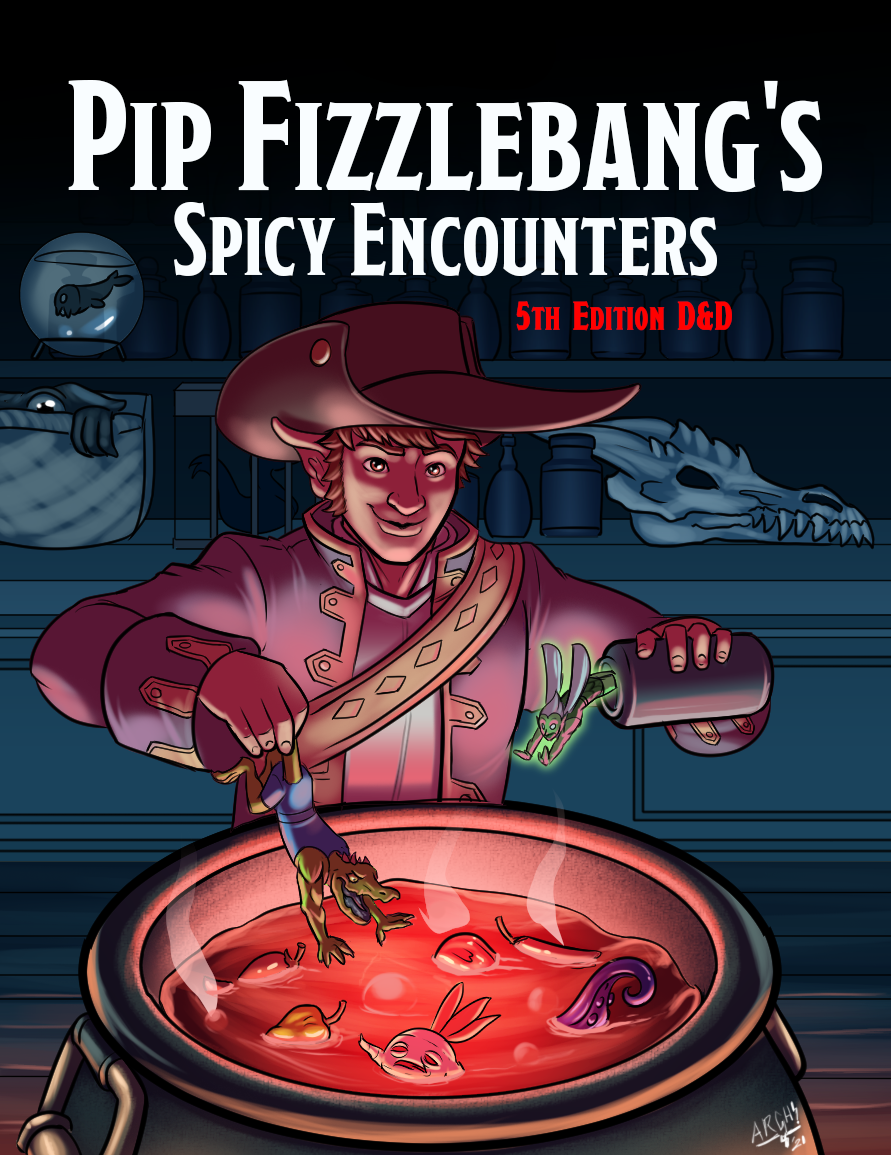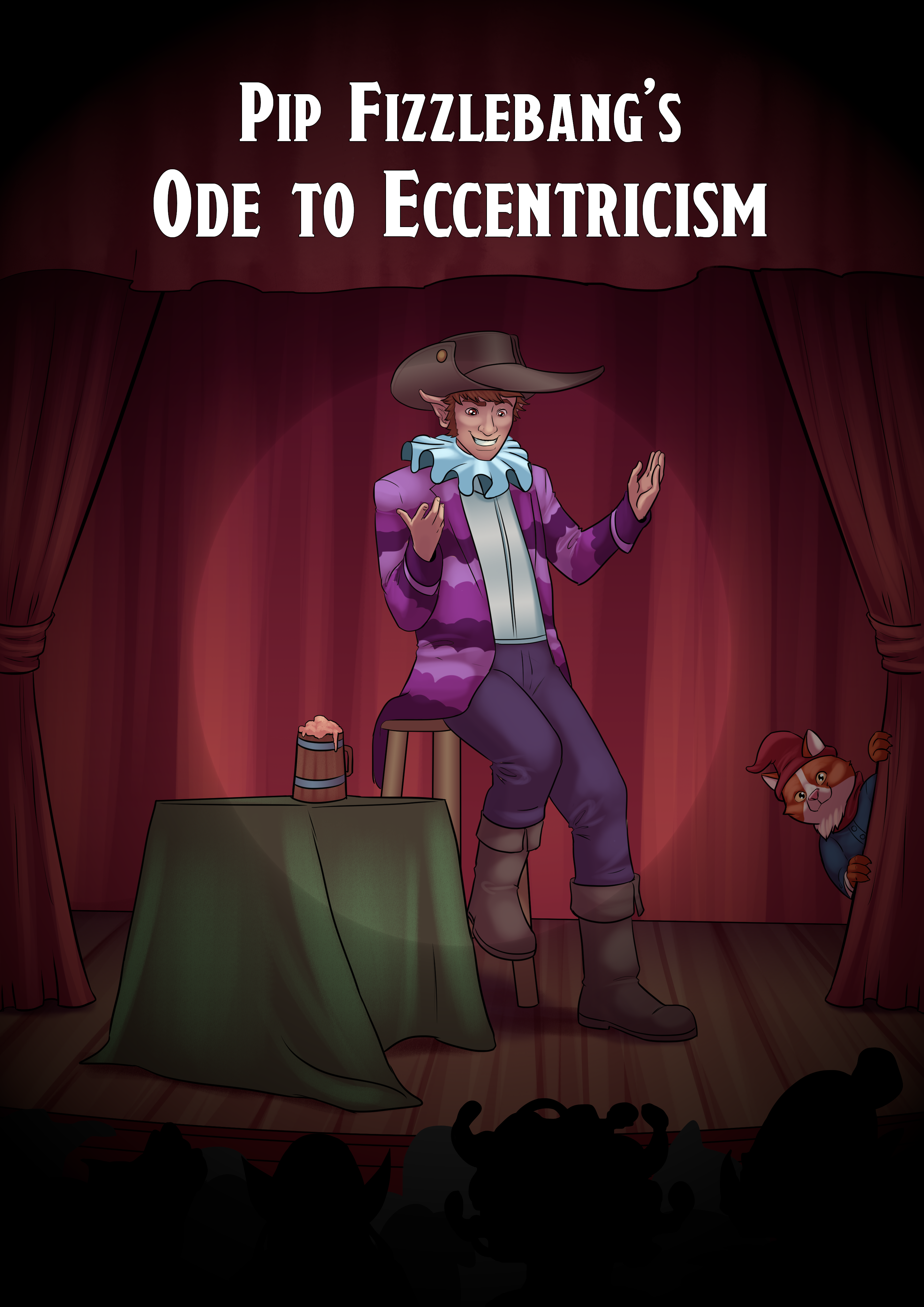Pip's Yeetables
Optional Throwing Rules
5e Rules for carrying, lifting, and throwing an object in 5e are kinda obscured from the player. Even if they know how much they can carry, how are they supposed to know how much any object weighs?
These rules let a player look at any object and say yea, I could throw that.
Calculating Your Yeet Score.
It's all based on your Strength Modifier & Character Size.
Your Strength Modifier
Simple as that-- it's your strength modifier! That's your (Strength Score-10)/2, but that should be on your character sheet already.
Your Character Size
| Your Size | Yeet Score Modifier |
|---|---|
| Tiny | - 4 |
| Small | -2 |
| Medium | 0 |
| Large | +2 |
| Huge (HOW DID YOU DO THIS?) | +4 |
Write it on your character sheet!
Yeet Score = Strength Mod + Size Modifier
Once you know your strength modifier and size, it's a fixed number (unless you change sizes or strength score). So write it down!
An Object's Heft Score
Object Weight
Rather than trying to guess the weight of every single object in reality, let's lump objects into 3 categories: Light, Medium, and Heavy. These categories are based off the rules for Object Armor class, as they represent expected density of objects.
For this, we only care about what the object is mostly made of; A barrel is mostly made of wood, though it may have iron bands. But if we filled that barrel with steel ball barrings, it'd be mostly steel.
| Weight Class | Weight Modifier | Object is primarily made of |
|---|---|---|
| Light | -2 | Cloth, paper, rope, crystal, glass, ice |
| Average | 0 | Wood, bone (and most creatures), stone, water |
| Heavy | +2 | Iron, steel, Mithral, Adamantine |
Note: If an object is hollow (like an empty barrel), -1 to the Weight Score.
Object Size
You'll notice these size categories are based on creature size categories: a medium object is roughly 5ft by 5ft, and so on.
Note: If an object is much larger in one dimension than another (such as a long table which is often wide but not tall), -1 to the Size Modifier.
| Object Size | Size Modifier |
|---|---|
| Tiny (bottle, lock) | -2 |
| Small (chest, lute) | +0 |
| Medium (barrel, chandelier) | +2 |
| Large (cart, 10ft by 10ft table) | +4 |
| Huge (15ft by 15ft) | +6 |
Calculating the Object's Heft Score
Heft Score = Weight Mod + Size Mod
Once you know the size and density, it's just simple addition!
A Glass chandelier, for example, would be Light (-2) and medium sized (+2), making it a 0 Weight Score. Meanwhile, an Empty (-1) Wood (Average, +0) Barrel (medium, +2) would have a score of +1.
This might sound like a lot of looking up, but think of most maps you come across in D&D-- there's a lot of barrels, tables, torches, and rubble; you see the same objects over and over, for the most part.
We're ready to Yeet.
Now that we're ready to yeet, let's make an example character: A Strength 18 Goliath. Since they have powerful build, they'll count as size Large for lift/carry, so +2 to their Yeet Score. With the base of +4 from their Strength, that gives them a Yeet Score of 6!
Is it Unwieldy?
Objects your size (or larger) are considered Unwieldy. This is an important definition for the following rules.
Action or Attack?
If an object is Unwieldy for you, it requires your whole action to yeet.
Otherwise, it replaces one attack you can make as part of your Attack Action.
How far can I yeet?
Your Yeet score - the Object's Heft Score = how many tiles you can throw it!
That means that an Empty Wooden Barrel (Heft Score: 1) could be thrown by our Goliath (Yeet Score 6) a total of 5 spaces (6-1=5), or 25 feet. Simple!
Note: If your Yeet Score = the object's heft score, you may carry the object, but can't throw it. If the result is -1, you may push or drag the object, but not lift it.
Does it Hit?
If the object yote is smaller than your target, make an attack roll (based on your Strength modifier) to see if it hits. If you're proficient in Improvised Weapons, add your Proficiency Bonus to the roll as well.
If the object yote is as large as your target, or bigger, it must instead make a Dex Save, DC 8 + Your Strength Modifier + (2 per size category larger). If they pass this save, they move to an unoccupied square adjacent to where the object would land. Note that Large objects could hit multiple Medium creatures, and so on.
For example, throwing a size Medium object at a Halfling would be 8 + Your Strength Mod + 2 (since the barrel is one size larger), while throwing a Large Object at them would be 8 + Str + 4.
Damage Dealt
When a Yote object would hit a creature, roll a number of d6 equal to that object's Heft score (can be negative), and add your Strength Score Modifier; it deals an amount of bludegoning damage equal to the result.
Examples: A wooden barrel (empty) would deal d6+Str, but a full one would deal 2d6+Str. Meanwhile, a tiny metal lock would deal 0d6 (ie: 0) + Str damage-- as much as a hard punch. That Large Wooden Cart? That's a whopping 6d6+Str-- which sounds like a lot, but compare that to a 30ft radius 8d6 fireball and it's not even close in potential damage done (and the players are unlikely to have many carts to throw).
What's so good about this system?
The Players know what they can do
At any point, a player can hear the description of the world around them (wooden barrel-- iron lock-- glass bottles) and know "yeah, I could throw that about this far". No googling, no wondering if something is allowed, and no long-winded physics debates.
Some Realism, but with less math
This system allows you to quickly make adjustments that are kind of realistic, without getting too bogged down in numbers. I've literally been at tables before where we stop to google how much a barrel full of grain weighs-- an unfortunate necessity if you're using the RAW rules. I've even had players try to calculate exactly how far they could throw something based on their lift force-- but this is what I get for playing with STEM majors.
Adjusting in real time
In this system, if the barrel was full of ale, it'd lose the -1 heft score modifier for being empty, and you could throw it only 4 spaces. This means the player could decide to dump it out before throwing it, if they need a little more range at the cost of damage done. Basically, it lets you interact better with the world around you!
Thank you for checking out these optional rules!
If you liked this, check out my book of Spicy 5e Encounters meant to offer your players a more challenging experience, or check out my book of Classes, Subclasses, Player Races & more!
Click here for more
Monsters & Encounters

